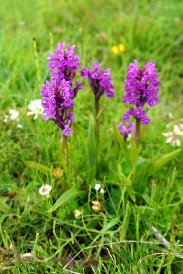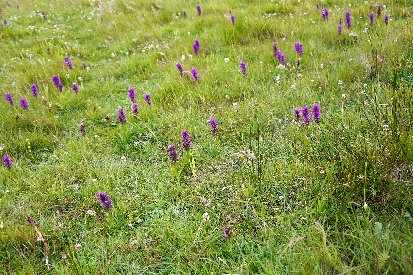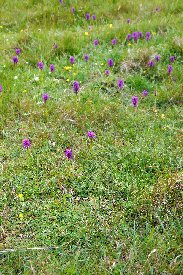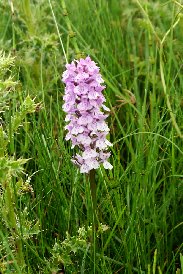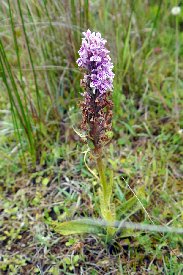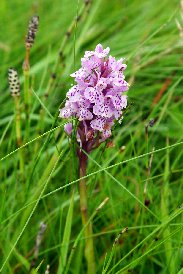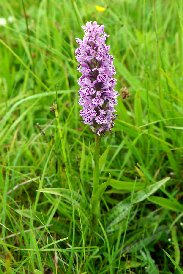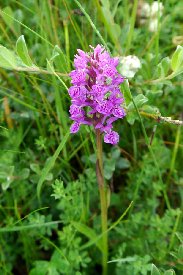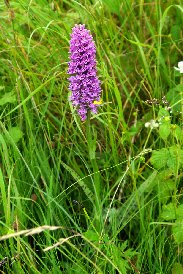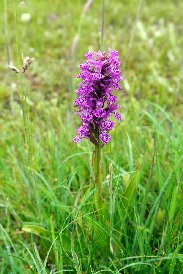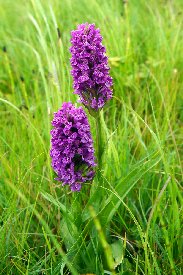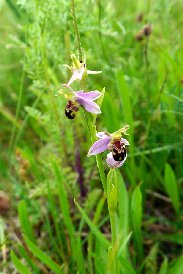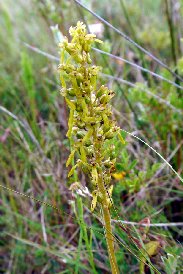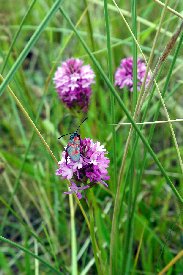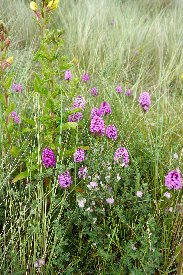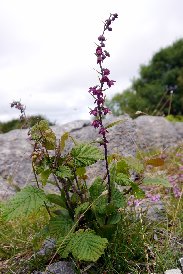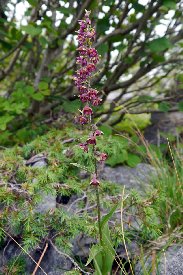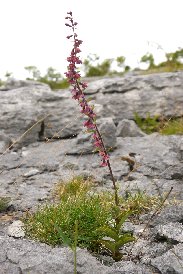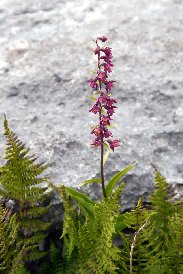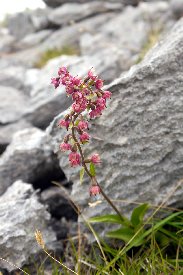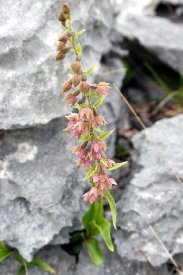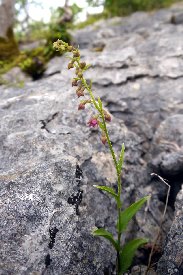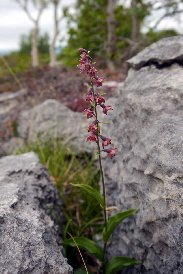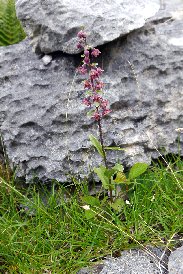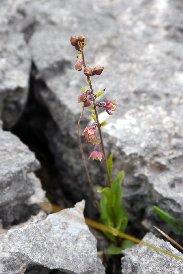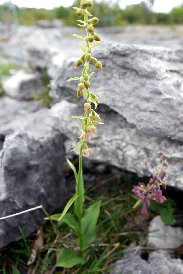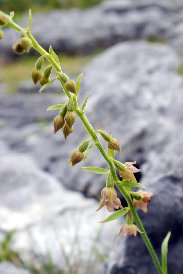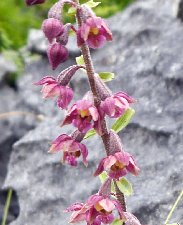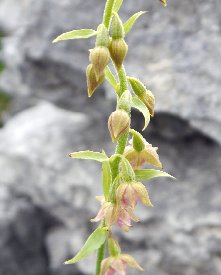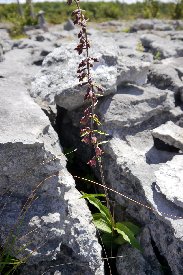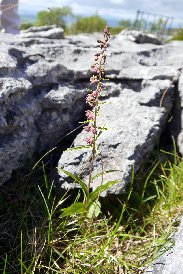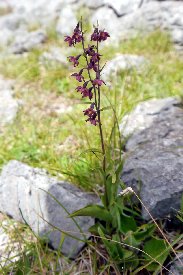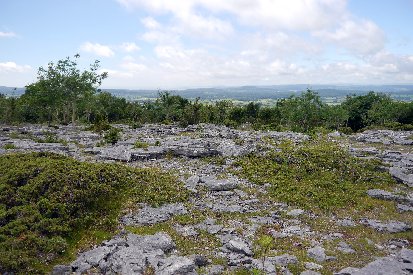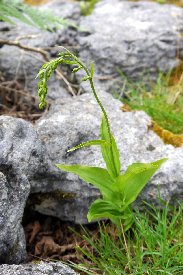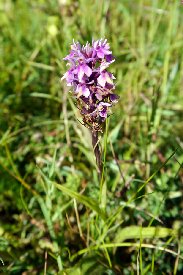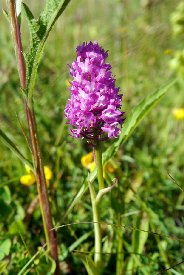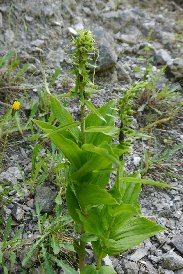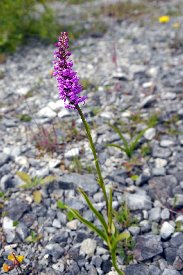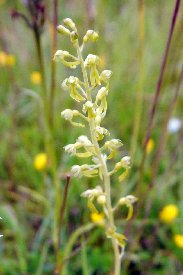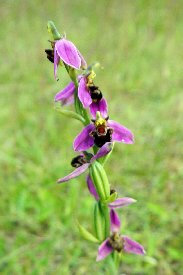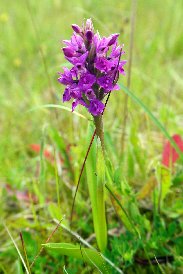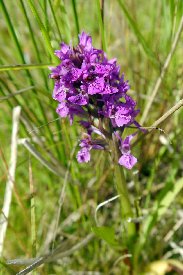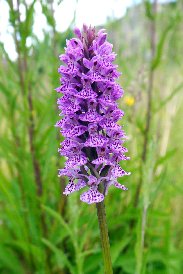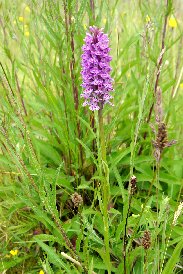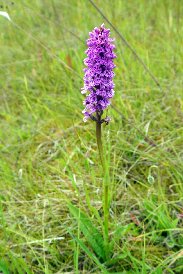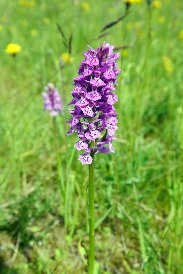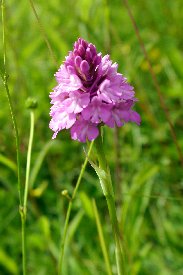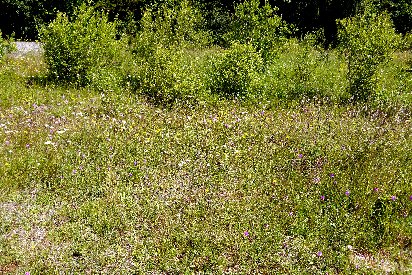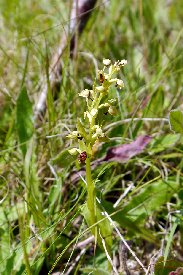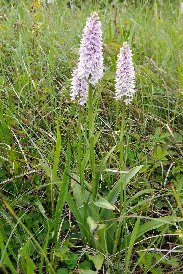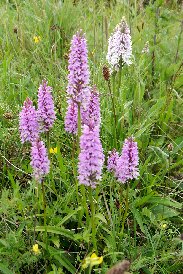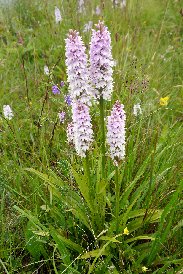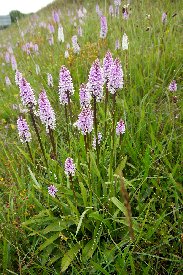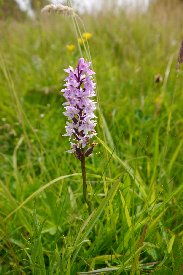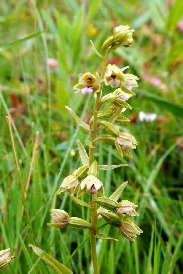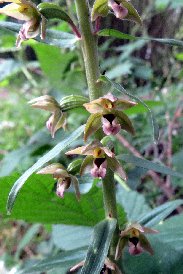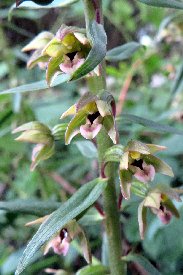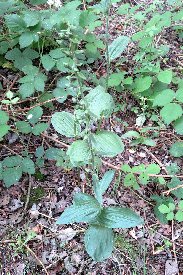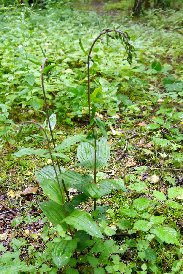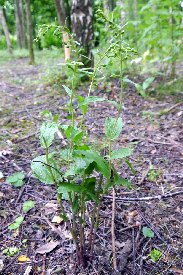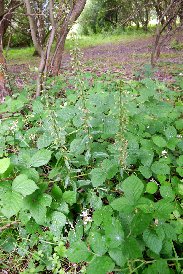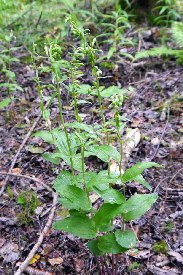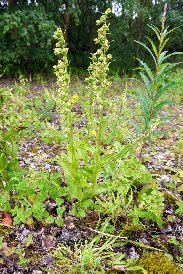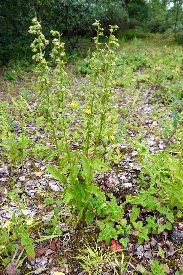|
|
||||||||||||||||||
|
|
||||||||||||||||||
 |
|
Talacre Dunes 1st July 2019 (SJ 11308 84954) This year's visit here is a full month later than we have been before, and hopefully it will provide a contrast. The most notable differences are the almost total lack of Early Marsh Orchids in flower and a profusion of Northern Marsh Orchids. There are patches where low growing blobs of purple are like polka dots in the grass. However, it is the Dactylorhiza hybrids that catch my attention. These are taller than the Northern Marsh and have a wide range of colouration. Some have a very pale background colour and muted markings on the lip, others have more vibrant markings, and some are quite deeply coloured. That some have leaf spotting pointing to their parents being Northern Marsh Orchids and Common Spotted Orchids. However the latter are very thin on the ground here. Are they just not out yet, or has hybrid introgression nearly wiped these out as a pure species? That would be a first!
Other sightings were a couple of late flowering Bee Orchids and the Common Twayblades with large swollen ripening seed capsules. The Pyramidal Orchids seem to be a favourite of the Burnet Moths. Again large groups of these can be found in the drier sandier dunes as opposed to the central dune slack. Hutton Roof Crags 5th July 2019 (SD 55026 78176) There are a number of reasons why we haven't been here before. It's a bit of drive from home, the thought of a difficult ascent (just look at its name) and its notoriety for deer ticks. However, the M6 makes it easily reachable in a day and Bryan Yorke has done such a great job sharing with everybody who is interested information about the orchids growing up here. The lure of some orchids to tick off my list is more sufficient to lure me here.
We them met the man himself. Bryan tells us about the Epipactis here, his naming system for the plants and where they grow, the best places to see them, and lots more. There is one more item I want to see, but Bryan says they suffered last year in the dought. However right by where were were was an Epipactis x schmalzheimii, the hybrid between the Dark Reds and the Broad-leaved Hellborines. We had seen a number of the latter, but none were in flower. And Bryan showed us the haxel bush where previously an unusual Epipactis had grown. Since then, in August, it has been found a couple of feet away, and it looks likley to be upgraded from E. `westmorlandii' to Epipactis confusa, or at least Epipactis phyllanthes confusa. Another trip another year perhaps? I am more than happy with what we have already seen, but on saying cheerio to Bryan we find he has discovered a Dark Red Helleborine with a divided flower stalk. Something not even he has seen before. We leave him sorting out a cage to protect it from deer. Bryan and I have previously corresponded about the fact that Hutton Roof and to a lesser extent Great Orme have more variable flower colours, whilst Bishop Middleham's DRH are uniformly dark red. I suggested that it may be a pollinator effect. Could those in Durham be more choosy and only go for the dark red flowers so that any plants with paler colours simply do not get pollinated. Bryan hadn't considered this before, but took the idea on board. Oh! One more orchid to mention. We saw a single Common Spotted Orchid on the way up, making it the rarest taxon there!
Because we pass so near on the way back it seems daft not to have a look for a Common Spotted Orchid Rhodchila variant on a bit of waste ground near the docks. Though it is likely to be going over I do have a grid reference for it; and lo and behold it was right where Google maps siad I would see it. Okay it is going over and the hyperpigmentation is a bit on the faded side it is still what it is. Glad to have seen one at last! It did stand out, even at a bit of a distance from the other Common Spotted Orchids in the grass. There are also some fading Bee Orchids here, and Pyramidal Orchids including (in retrospect) an unrepupinate form. Minera Quarry 7th July 2019 (SJ 25156 52172) A second visit here this year and things are looking better. The Broad-leaved Helleborines are shooting up despite aphids on some, the Marsh Fragrant Orchids are just beginning to flower (do not look as good as 2017, but perhaps when the are more in season they will be better) and the Common Twayblades are heavily pregnant. One of these is very pale, with virtually no pigmentation. And we spot a pair of Bee Orchids, tall and with deep magenta sepals. On the Dactylorhiza side there are some Northern Marsh Orchids to be found, but I still do not think they will have been as numerous as a few years ago. There are Common Spotteds everywhere, and there is a good range of Dactylorhiza x venusta to be seen. The Pyramidal Orchids put on a great show in the `flower meadow' with one on its way to being close to the emarginata form. On the way out we have a look for the Frog Orchids, and see that they seem to be setting seed. Plenty of fruiting stems of Early Purple Orchids are seen too. Lloc 8th July 2019 (SJ 13300 77018) This was a chance finding, a roadside verge just off the A55 expressway, with a few hundred Common Spotted Orchids, some in mice groups of `sibling' plants. On a bit too steep and too far from the road to be mowed they are worth a stop off if you are passing at the right time. This was to be the highlight of the day Maes Hiraddug 8th July 2019 (SJ 06067 79606) The journey that took us past the Lloc roadside was two-fold. The local morning paper had a small feature on Maes Hiraddug Nature Reserve and mentioned orchids. We found it was a short walk from Craig Fawr where I wanted another search for the Dark Red Helleborines that are there. Again that search was quite unsuccessful, and the nature reserve could only boast a few Common Spotted Orchids. You can click on the image for an enlargement as usual, but in all honesty its not worth it!
Alyn Waters 12th July 2019 (SJ 32199 54457) This second visit for 2019 is to look at the putative hybrids we found last year in the vicinity of the visitor centre. Already the Dune Helleborines are in flower as well as Common Spotted Orchid, Pyramidal Orchids, and Common Twayblades. Anyway, could we find the hybrids? There were some large Helleborines in flower roughly in the right spot, but this year the viscidia are very apparent and there is no sign of crumbly pollinia. Are these the same plants? Possibly or possibly not. These are odd though. It is very odd that a Broad-leaved Helleborine should be in flower before the Dune Helleborines have really go going; a plant that I think may have been another hybrid is not even remotely in flower. The flowers also seem smaller then usual; about halfway between Dune Helleborine and Broad-leaved Helleborines. However, with limited information I am not going to suggest these are anything special
We wander off into a bit of the woodlands that we have not explored before. The site is quite extensive an offers possibilities for many years to come. We find a glade with a number of Epipactis; both Broad-leaved Helleborines and Dune Helleborines. Unfortunately most are not in flower, so it is not possible to check for hybrids between these species growing close together, so pencil it in for the future - a couple of weeks or next year.
Marford Quarry 12th July 2019 (SJ356560) Just a quick visit to check on the nice clumps of Dune Helleborines that are growing in the open ground. They are doing just fine. There seems to be more of them under the trees than previous years, but the `failed pond' is too overgrown to find any around its edge where I saw them two years ago.
|
|
|
||||||||||||||||||||
